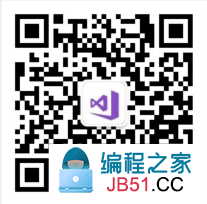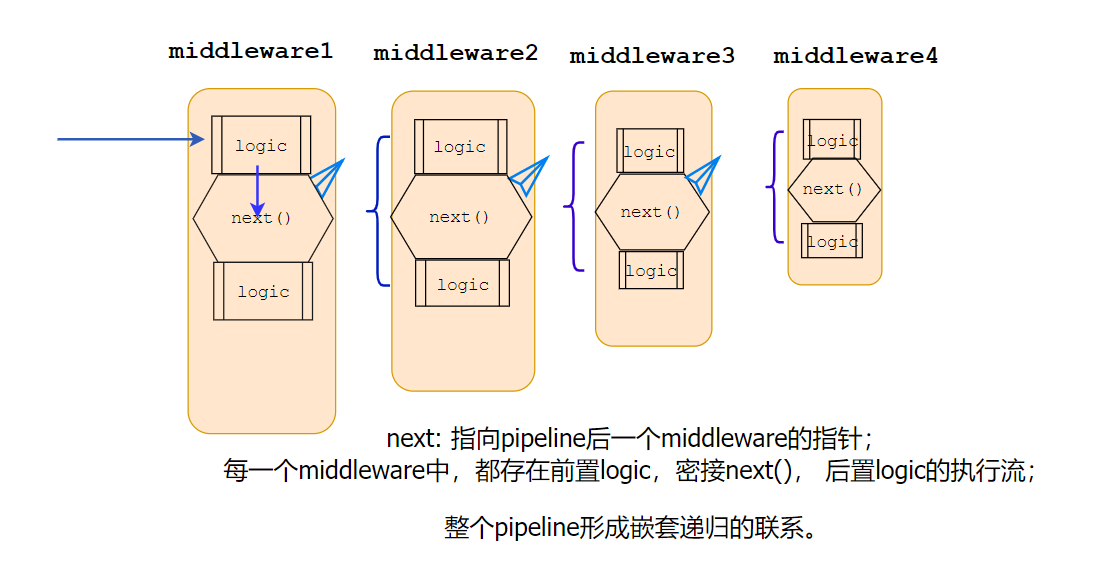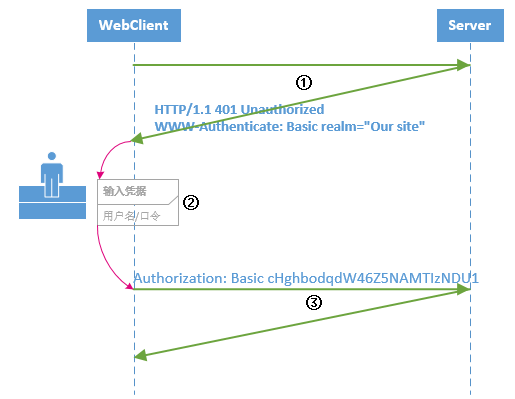1、Queue声明创建对象。(Queue为泛型对象。)
public class Queue<T> :IEnumerable<T>,System.Collections.ICollection,IReadOnlyCollection<T>
本质为Array对象存储数据。
Queue<string> qy = new Queue<string>(); private T[] _array public Queue() { _array = Array.Empty<T>(); } Queue<int> qy1 = int>(12); public Queue(int capacity) { if (capacity < 0) throw new ArgumentOutOfRangeException(nameof(capacity),capacity,SR.ArgumentOutOfRange_NeedNonNegNum); _array = T[capacity]; }
Queue<int> qy2 = int>(new List<int>()); public Queue(IEnumerable<T> collection) { if (collection == null) new ArgumentNullException(nameof(collection)); _array = EnumerableHelpers.ToArray(collection,out _size); if (_size != _array.Length) _tail = _size; }
2、队列的空间是实际存储值的两倍,如果小于两倍则每次增场4的长度。
1 if (_size == _array.Length) 2 { 3 int newcapacity = (int)((long)_array.Length * (long)GrowFactor / 1004 if (newcapacity < _array.Length + MinimumGrow) 5 { 6 newcapacity = _array.Length + MinimumGrow; 7 } 8 SetCapacity(newcapacity); 9 }
3、Queue为先进先出。
进队列在数组末尾赋值
void Enqueue(T item) { _array.Length) { ); MinimumGrow) { newcapacity = _array.Length + MinimumGrow; } SetCapacity(newcapacity); } _array[_tail] = item; MoveNext(ref _tail); _size++; _version++; }
出队列则从头部取值
T Dequeue() { int head = _head; T[] array = _array; if (_size == ) { ThrowForEmptyQueue(); } T removed = array[head]; if (RuntimeHelpers.IsReferenceOrContainsReferences<T>()) { array[head] = default!; } MoveNext( _head); _size--; return removed; }
4、TryDequeue 与 Dequeue()区别在于 TryDequeue 判断size为0时,返回false 并out 泛型的默认值
bool TryDequeue([MaybeNullWhen(false)] out T result) { ) { result = ; return false; } result =true; }
注:MaybeNullWhenAttribute(Boolean) 返回值条件。 如果方法返回此值,则关联的参数可能为 null
5、Peek 仅仅时查看一下下一个要返回的值,不从数组移除
_array[_head]; true;
随是拙见,但为原创,转载注明出处,敬谢
Queue 常用的方法大约就这些。先写道这里,碎觉。
以下为公众号,一起学起来~


 引言 本文从Linux小白的视角, 在CentOS 7.x服务器上搭建一个...
引言 本文从Linux小白的视角, 在CentOS 7.x服务器上搭建一个... 引言: 多线程编程/异步编程非常复杂,有很多概念和工具需要...
引言: 多线程编程/异步编程非常复杂,有很多概念和工具需要... 一. 宏观概念 ASP.NET Core Middleware是在应用程序处理管道...
一. 宏观概念 ASP.NET Core Middleware是在应用程序处理管道... 背景 在.Net和C#中运行异步代码相当简单,因为我们有时候需要...
背景 在.Net和C#中运行异步代码相当简单,因为我们有时候需要... HTTP基本认证 在HTTP中,HTTP基本认证(Basic Authenticatio...
HTTP基本认证 在HTTP中,HTTP基本认证(Basic Authenticatio... 1.Linq 执行多列排序 OrderBy的意义是按照指定顺序排序,连续...
1.Linq 执行多列排序 OrderBy的意义是按照指定顺序排序,连续...